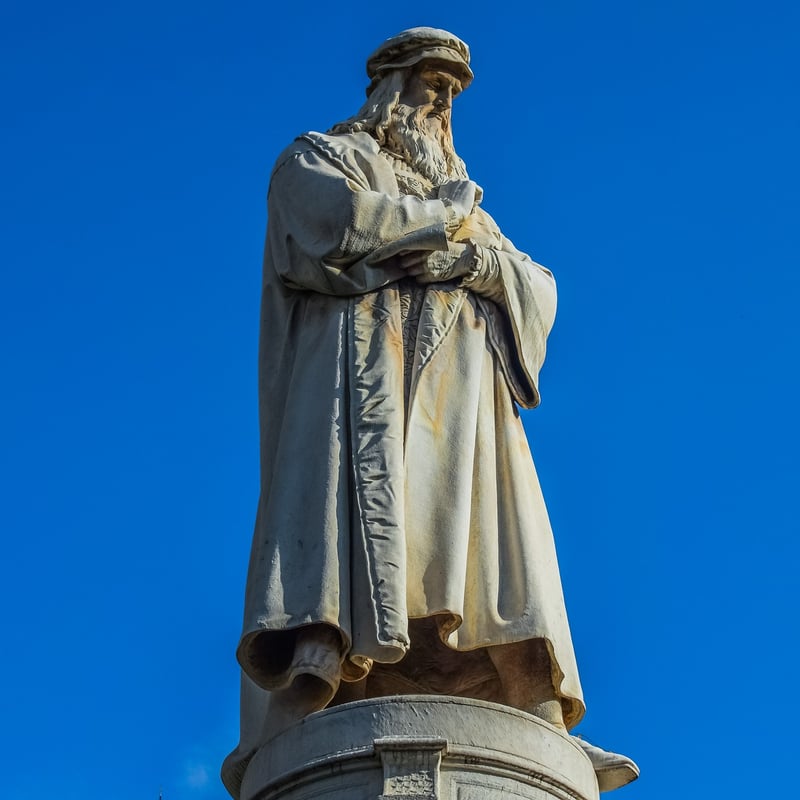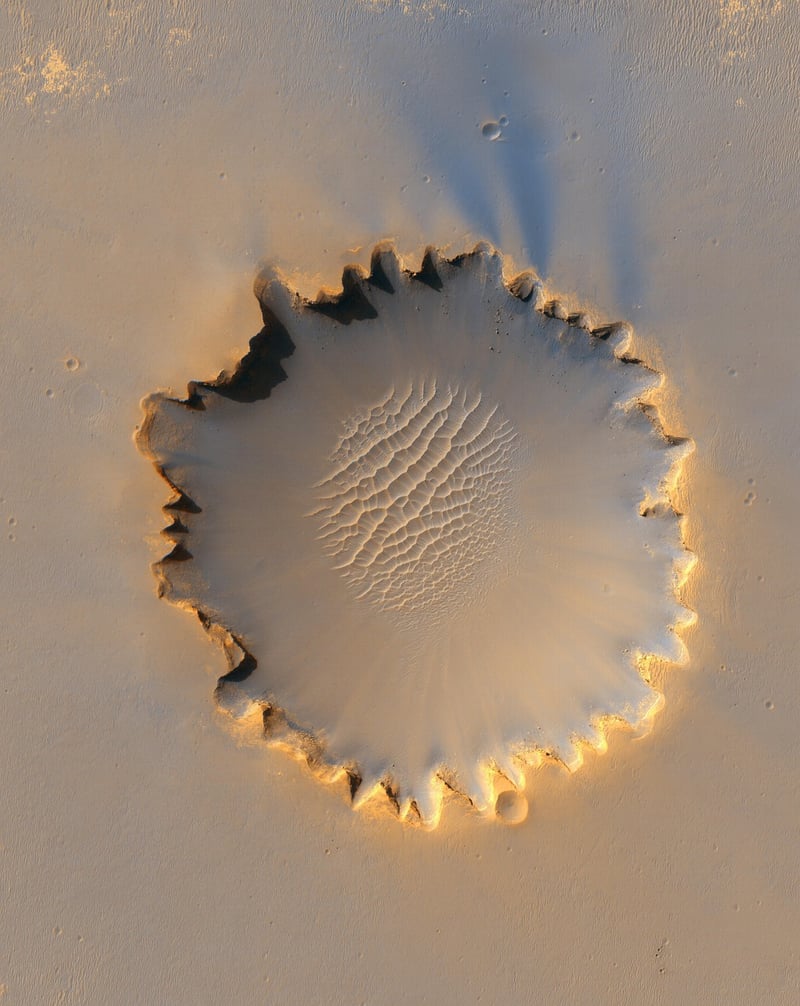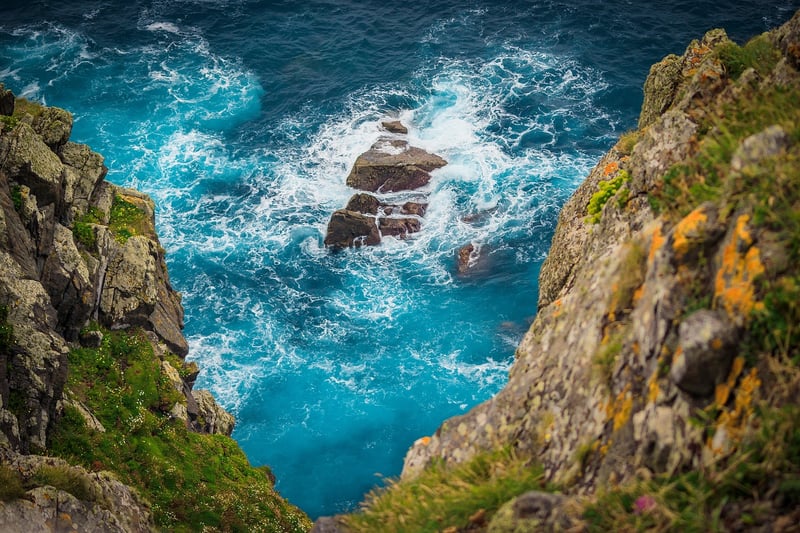Future Exploration
Exploring Different Eras and Future Exploration
Introduction
Exploring different eras allows us to appreciate the rich tapestry of history and envision the possibilities of future exploration. From ancient civilizations to space exploration, each era offers unique insights and opportunities for discovery.
Ancient Civilizations
Ancient civilizations like the Egyptians, Greeks, and Romans have left a lasting legacy through their architecture, art, and innovations. The pyramids of Giza, the Parthenon, and the Colosseum stand as testaments to their advanced engineering and cultural achievements.

The Renaissance
The Renaissance period marked a rebirth of art, science, and humanism in Europe. Visionaries like Leonardo da Vinci and Michelangelo produced timeless masterpieces that continue to inspire creativity and innovation today.

Industrial Revolution
The Industrial Revolution revolutionized manufacturing and transportation, leading to unprecedented economic growth and societal changes. Inventions like the steam engine and the cotton gin transformed the way people lived and worked.

Space Exploration
Space exploration represents the frontier of human endeavor, pushing the boundaries of our understanding of the universe. Landmarks like the moon landing and the Mars rover missions demonstrate our capacity for innovation and exploration.

Future Exploration
The future of exploration holds endless possibilities, from further space exploration to advances in virtual reality and artificial intelligence. Technologies like gene editing and renewable energy offer new frontiers for discovery and innovation.
Conclusion
Exploring different eras provides us with a window into the past, while future exploration opens doors to new horizons. By embracing the lessons of history and the challenges of the future, we can continue to push the boundaries of human knowledge and achievement.
